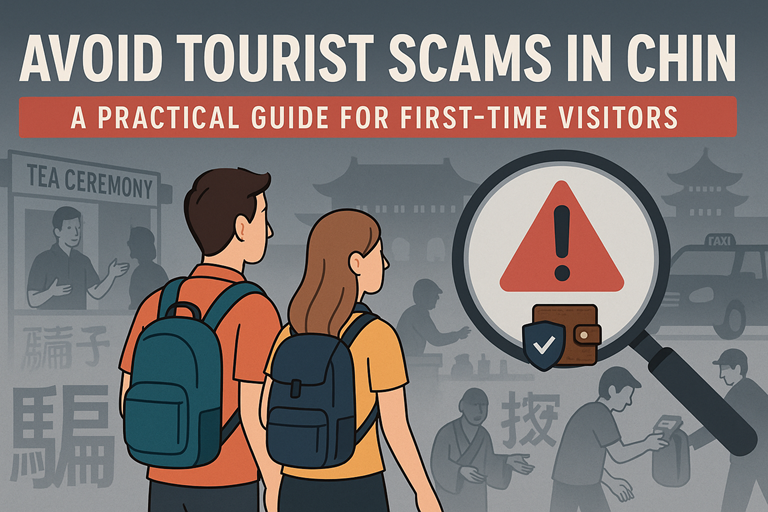Electricity in China
Voltage, Plug Types & Adapter Guide for Travelers
One of the most practical, yet often overlooked, aspects of preparing for international travel is understanding the electricity system of your destination. Plugging an incompatible device into a foreign socket can, at best, mean your device won’t work, and at worst, lead to irreparable damage or even a safety hazard.
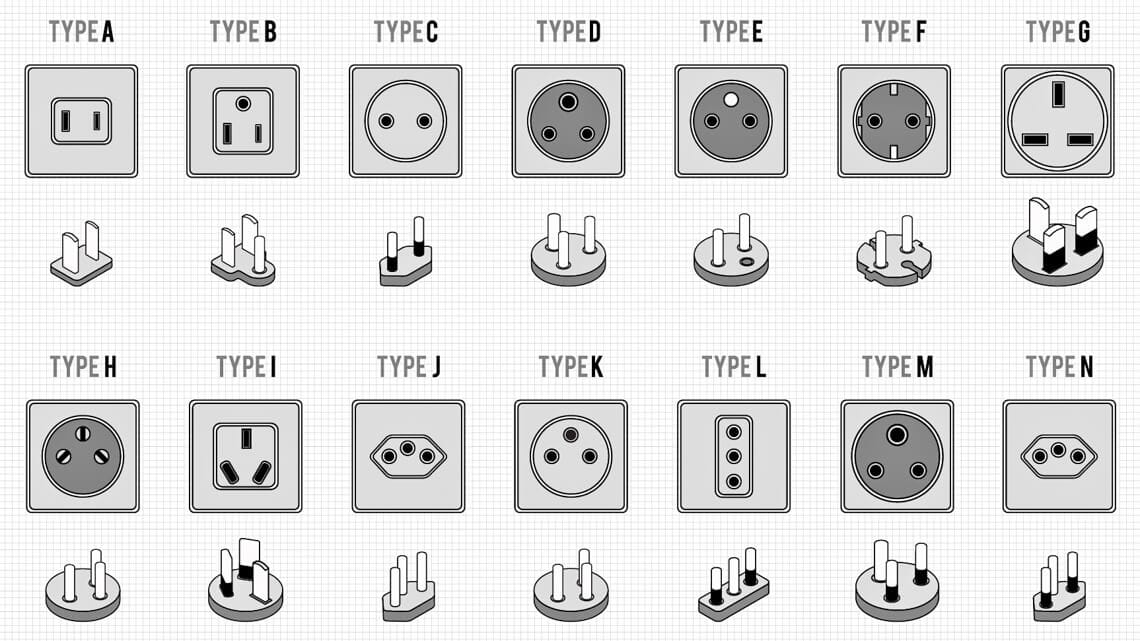
Understanding China’s electrical system is crucial for keeping your devices powered safely
This guide will detail China’s electrical standards, the plug types you’ll encounter, and help you determine whether you need a plug adapter, a voltage converter, or both for your trip.
Voltage
Mainland China operates on a standard voltage of 220 Volts (220V).
Frequency
The standard frequency is 50 Hertz (50Hz).
This is crucial information because it may differ significantly from your home country’s standards.
International Comparisons
If your devices are designed for a voltage significantly lower than 220V (e.g., 110V) and are not dual or multi-voltage, you will need more than just a plug adapter.
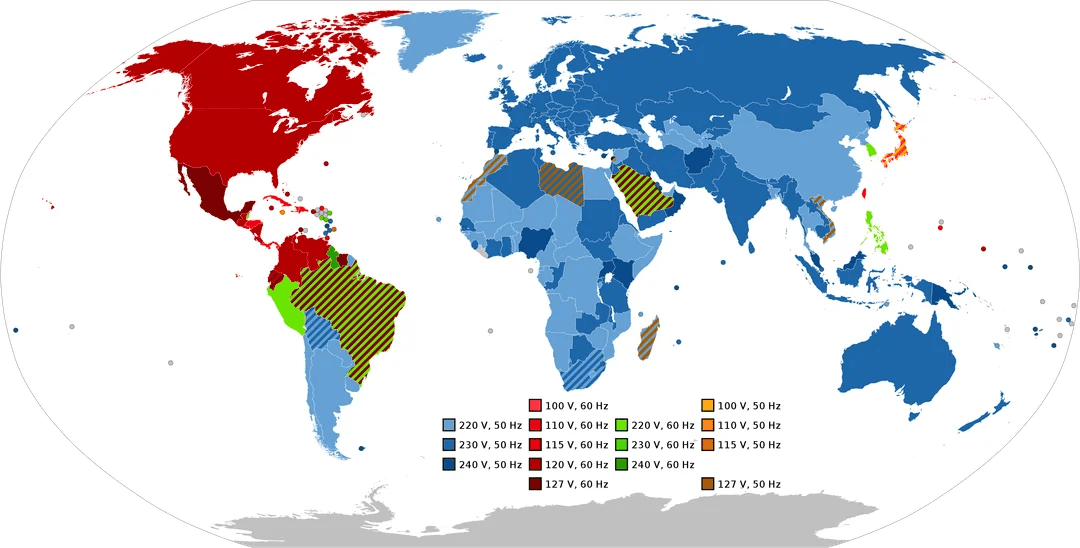
China’s 220V/50Hz system is similar to Europe but different from North America and Japan
China officially uses two main types of plug sockets, but you’ll often encounter “universal” sockets, especially in hotels and newer buildings, designed to accept multiple plug types.
Type A (Two flat parallel pins)
Description: This is the ungrounded plug with two flat parallel prongs, common in North America and Japan.
Prevalence in China: While some Chinese appliances might use Type A plugs, dedicated Type A wall sockets are less common than Type I. However, many universal sockets will accept Type A plugs.
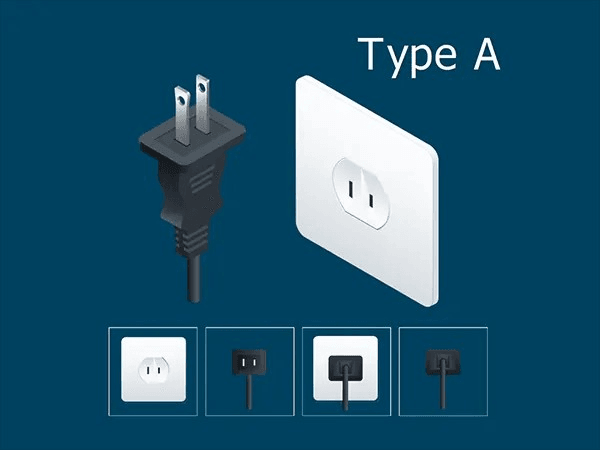
Type I (Three flat pins – one vertical, two angled)
Description: This plug has three flat prongs. The top two are angled (like an inverted “V”), and the bottom one is a vertical grounding pin. This is the same type used in Australia, New Zealand, Argentina, and Papua New Guinea.
Prevalence in China: This is a very common standard socket type in China, especially for grounded appliances.
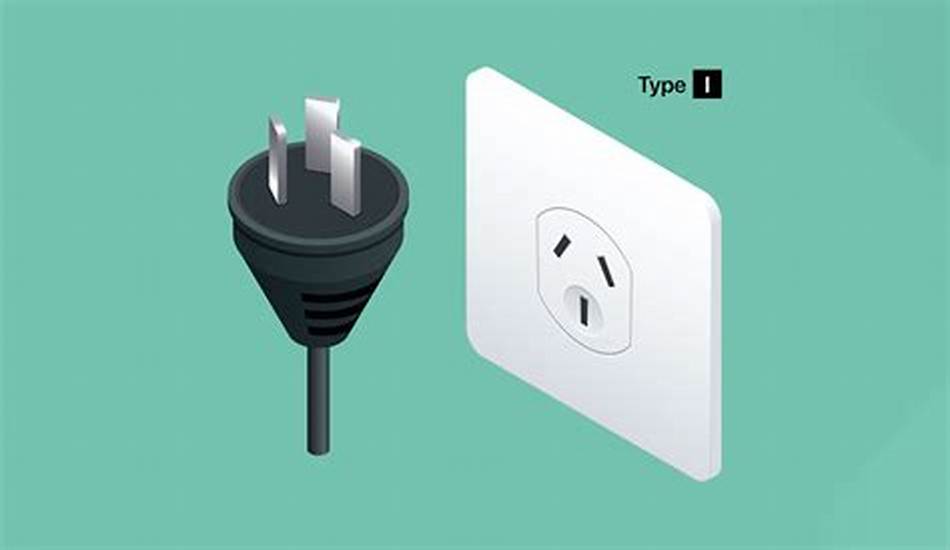
“Universal” Sockets
Description: These are a fantastic feature in many Chinese hotels and modern buildings. These sockets are cleverly designed to accept a variety of plug types, often including:
- Type A (North American/Japanese 2-pin)
- Type C (European 2-pin round)
- Type E/F (Schuko/French 2-pin round with earth) – though sometimes the fit for the earth connection can be imperfect.
- Type I (Chinese/Australian 3-pin)
Prevalence in China: Very common in tourist accommodations and newer establishments. They offer great convenience but always ensure your plug fits snugly.
Important Note: While Type C (the standard European two-round-pin plug) might fit into some universal sockets, dedicated Type C wall outlets are not the primary standard in China.
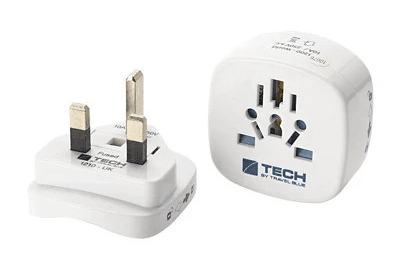
Universal sockets in China can accept various plug types, making them convenient for travelers
Before you pack any electronic device, you MUST check its voltage compatibility. This information is usually printed on the device itself, on its power adapter (the “brick”), or near the power cord input. Look for text similar to:
“INPUT: 100-240V ~ 50/60Hz”
This indicates a multi-voltage (or dual-voltage) device. It can safely be used in China (and most countries worldwide) without a voltage converter. You will likely only need a plug adapter if your plug shape doesn’t match the Chinese socket. Most modern electronics like laptops, phone chargers, camera chargers, and tablet chargers fall into this category.
“INPUT: 220-240V ~ 50Hz”
This device is designed for 220-240V systems. It will work fine in China without a voltage converter. You may need a plug adapter.
“INPUT: 110-120V ~ 60Hz”
This indicates a single-voltage device designed for North American-style power. Using this device directly in a 220V outlet in China without a step-down voltage converter will likely damage or destroy it.
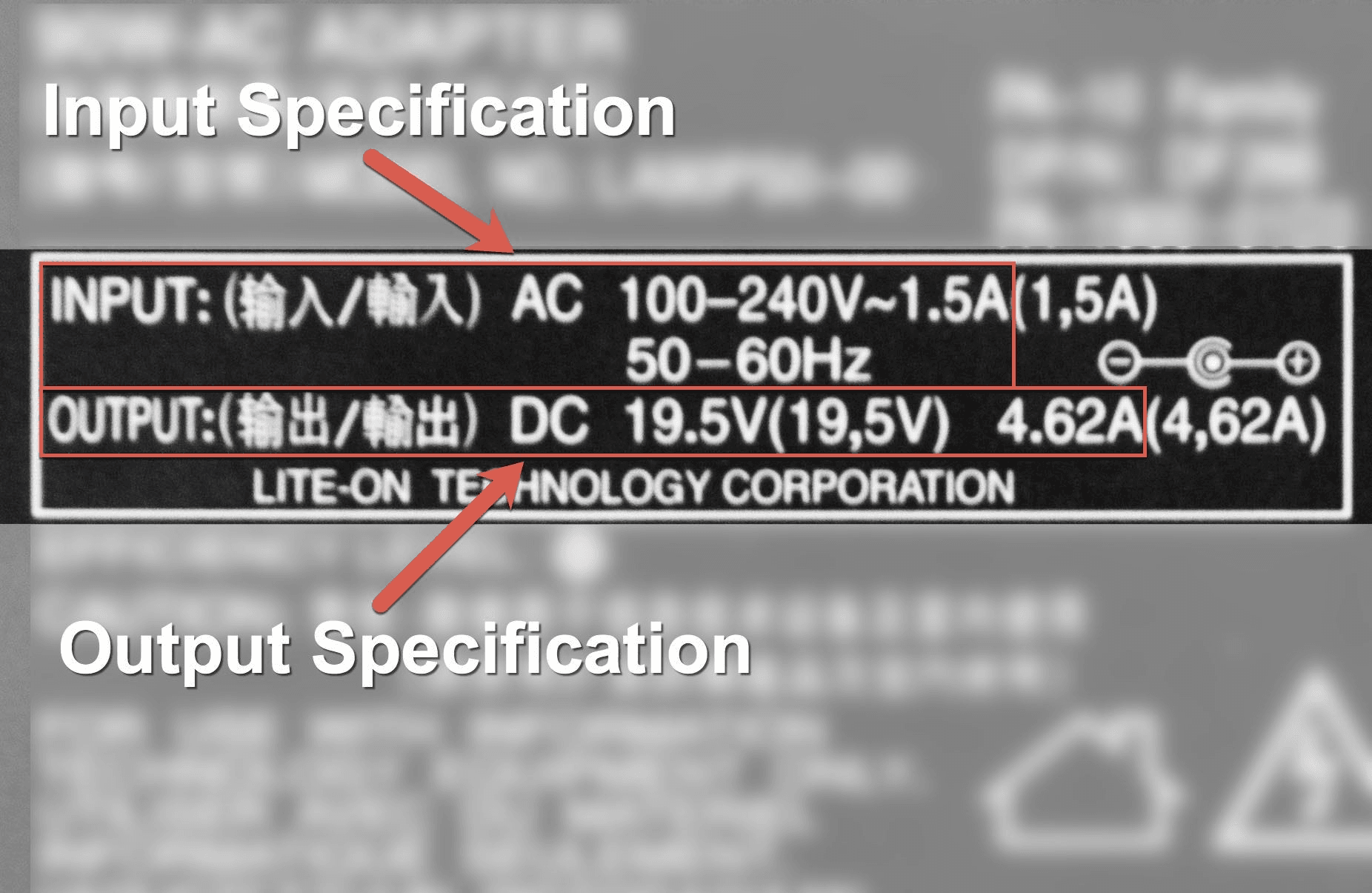
This is where many travelers get confused.
Plug Adapter (or Travel Adapter)
Function: An adapter ONLY changes the shape of your device’s plug to fit a different type of wall socket.
Does NOT change voltage: It does not alter the electrical voltage or frequency.
When to use: You need an adapter if your device is electrically compatible with China’s 220V/50Hz system (i.e., it’s multi-voltage or rated for 220-240V), but its plug doesn’t physically fit into Chinese sockets.

Voltage Converter (or Transformer)
Function: A converter CHANGES the electrical voltage. For travel to China from a 110V country, you would need a “step-down” converter to reduce China’s 220V outlet power to 110V for your device.
When to use: You need a converter if your device is single-voltage (e.g., 110V only) and therefore not electrically compatible with China’s 220V.
Wattage Rating: Converters have a wattage rating (e.g., 50W, 100W, 1600W, 2000W). The converter’s wattage MUST be higher than the wattage of the device you intend to use with it. High-power devices like hair dryers and straighteners require high-wattage converters, which are typically larger, heavier, and more expensive. Using an underpowered converter can damage both the converter and your device.
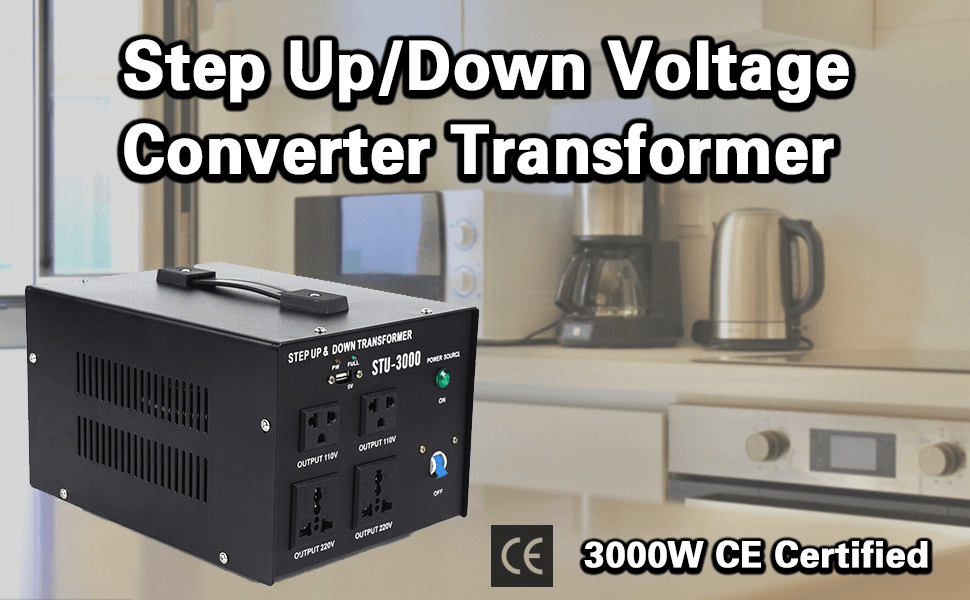
“The most common mistake travelers make is confusing plug adapters with voltage converters. Remember: an adapter changes the plug shape, while a converter changes the voltage. Using an adapter alone with a 110V device in China can destroy your electronics!”
Here’s a simple decision process:
Check your device’s input label:
If it says “100-240V” (or similar wide range):
- Your device is multi-voltage.
- You DO NOT need a voltage converter.
- You MAY need a plug adapter if your plug doesn’t fit a Type I or universal socket (e.g., if you have a UK Type G plug).
If it says “220-240V”:
- Your device is compatible with China’s voltage.
- You DO NOT need a voltage converter.
- You MAY need a plug adapter if your plug doesn’t fit.
If it says “110V” or “100-120V”:
- Your device is single-voltage and NOT compatible with China’s 220V.
- You ABSOLUTELY NEED a step-down voltage converter.
- You MAY ALSO need a plug adapter to plug the converter itself into the Chinese wall socket, or to plug your device into the converter if their plug types differ. Many converters designed for travel have common output sockets (like North American Type B).
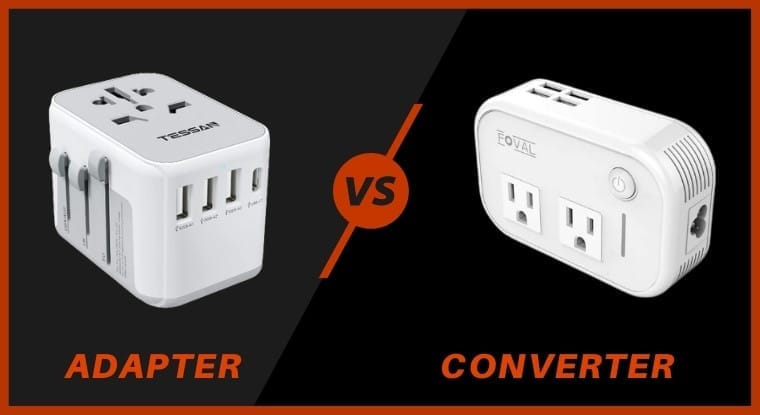
Follow this simple decision process to determine what you need for each device
Laptops, Smartphones, Tablets, Camera Chargers
- Almost universally multi-voltage (100-240V).
- Likely Need: Plug adapter only (if your plug isn’t Type A or I, or if you encounter a socket that isn’t universal).
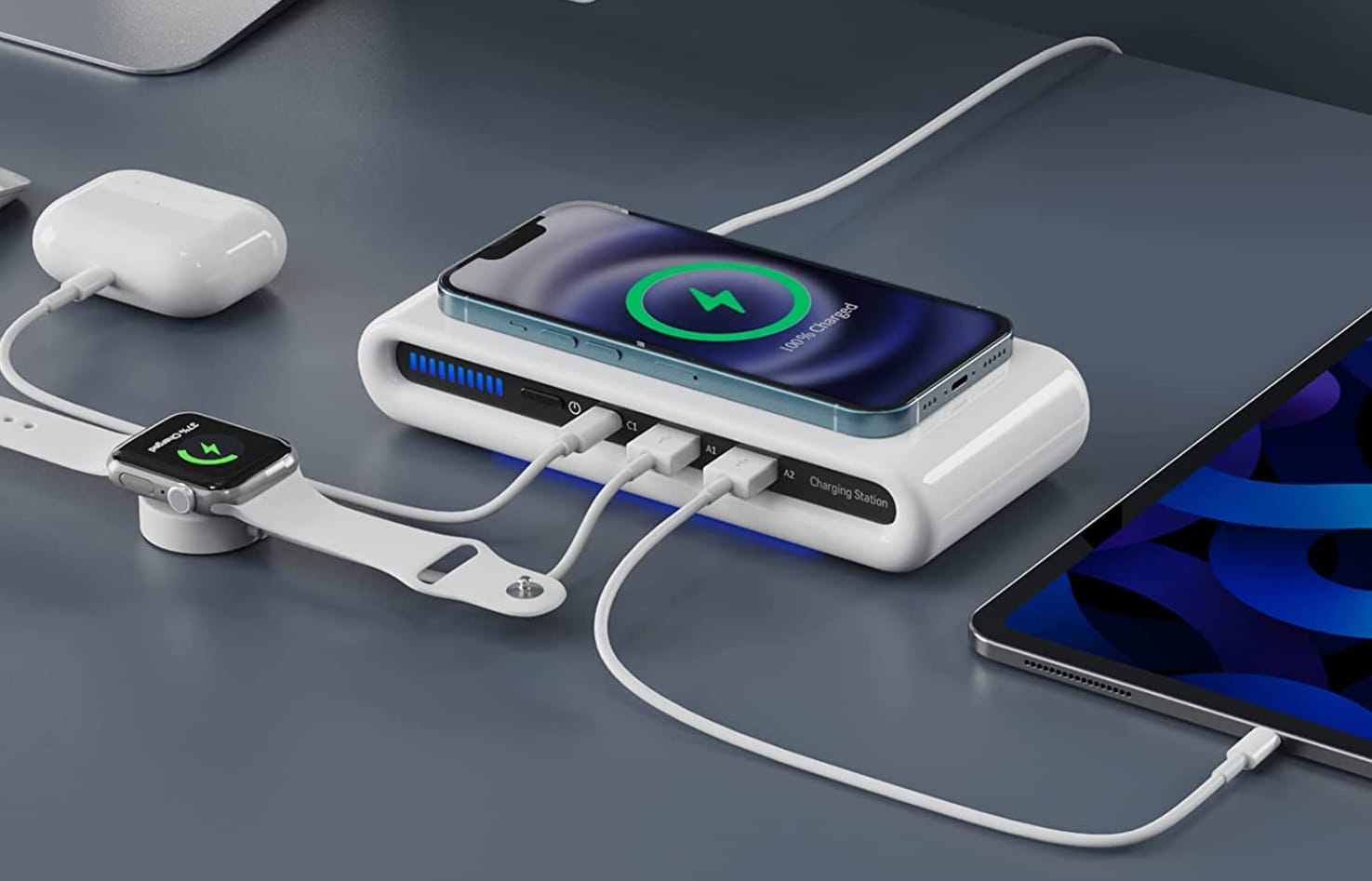
Hair Dryers, Hair Straighteners, Curling Irons
- These are often single-voltage (especially older or cheaper models) and high-wattage.
- If your home country is 110V, these are the most problematic items.
- Likely Need: A powerful (high-wattage) step-down voltage converter AND potentially a plug adapter.
Recommendation:
Using a high-wattage converter can be cumbersome. Consider:
- Buying a cheap, local 220V hair dryer/straightener upon arrival in China.
- Using the hair dryer provided by your hotel (most hotels offer them).
- Purchasing a dual-voltage travel hair dryer specifically designed for international use.
Electric Shavers & Electric Toothbrushes
- Varies greatly. Some are multi-voltage, others are single-voltage. Always check the label.
- Likely Need: Check label. If 110V only, a converter is needed.
Medical Devices (e.g., CPAP machines)
- CRITICAL: Verify compatibility. Most modern CPAP machines are multi-voltage (100-240V).
- Likely Need: Usually just a plug adapter.
Action: ALWAYS confirm with the manufacturer or check the device’s power supply unit. Bring any necessary documentation. Do not risk using an incompatible medical device.
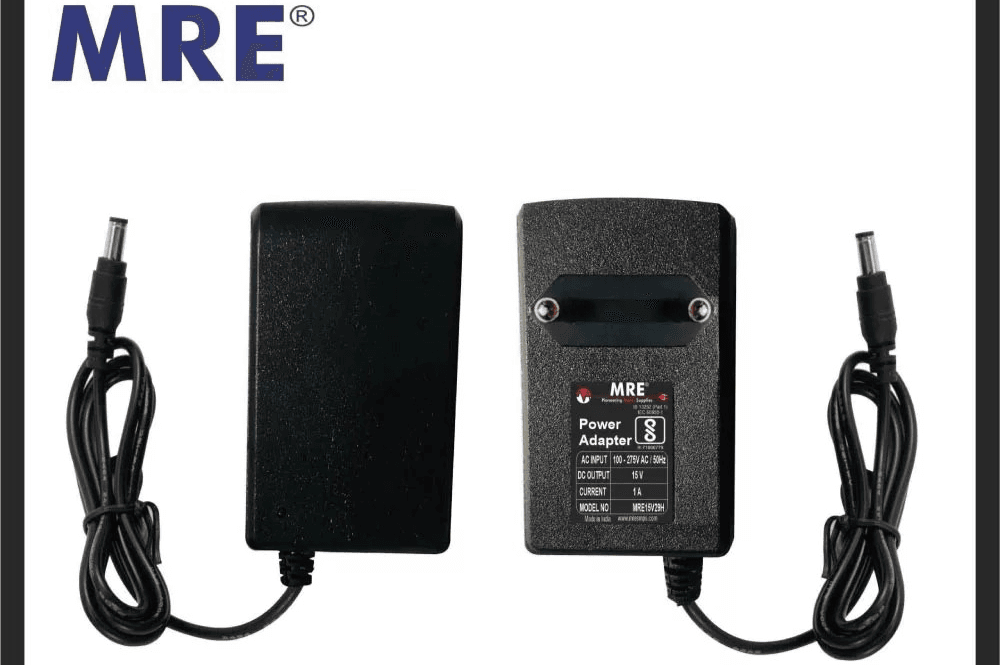
If you’ve determined you only need a plug adapter, consider these options:
Single Region Adapter
These adapters convert your home plug type to a specific foreign plug type (e.g., a US Type A/B to a Chinese Type I).
Pros: Usually small, lightweight, and inexpensive.
Cons: Only useful for countries that use that specific plug type.
For China: If you’re certain you’ll only encounter Type I sockets or want a dedicated fit, an adapter that converts your plug to Type I is a good choice.
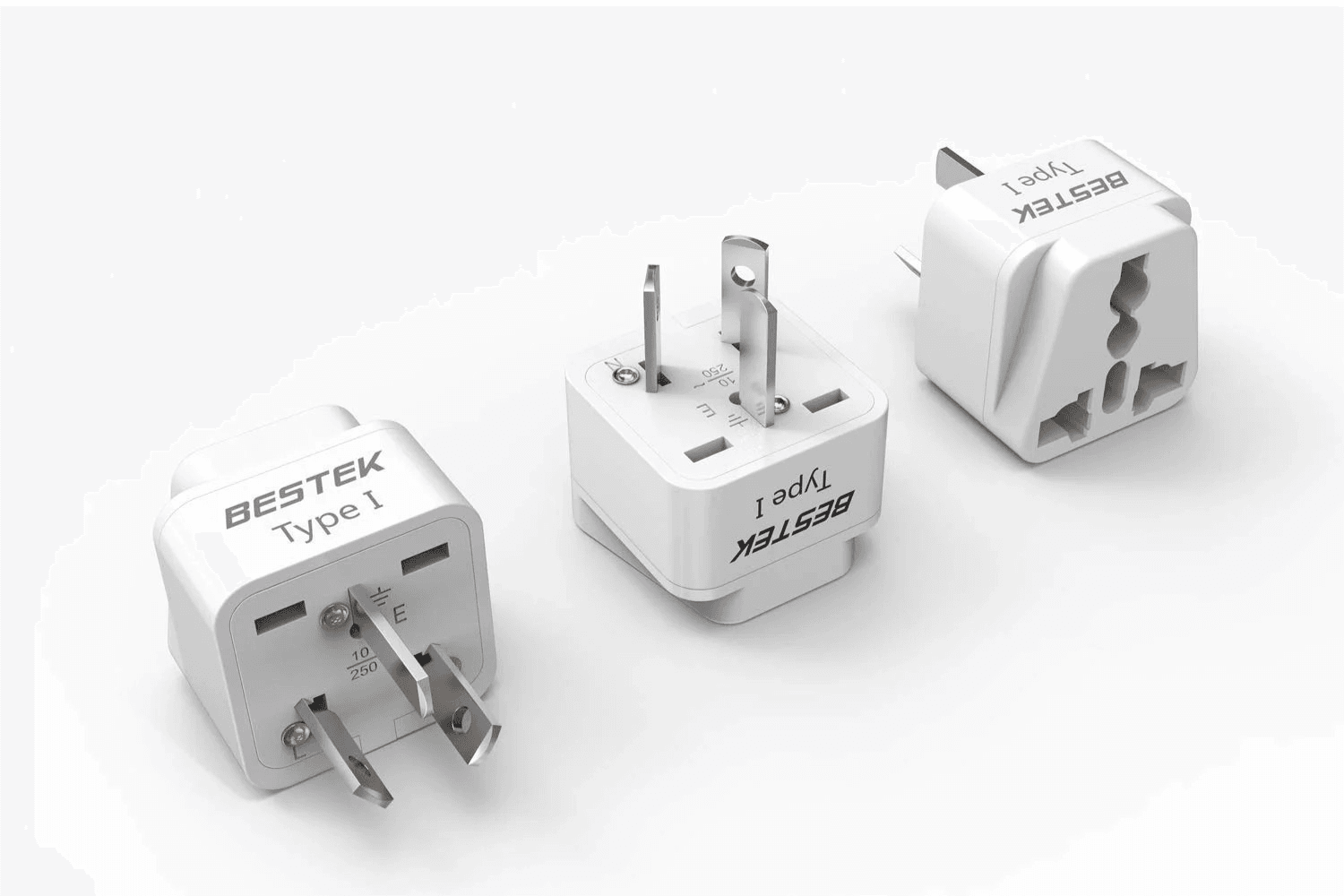
Universal Travel Adapter
These are versatile adapters with multiple sliders or configurable pins to fit a wide range of sockets worldwide, including Type A, I, C, G (UK), etc.
Pros: Highly versatile for travel to multiple countries. Many now include USB charging ports, which is very convenient for charging phones and tablets directly without needing their original power bricks.
Cons: Can be bulkier and more expensive than single adapters. Sometimes the fit in certain sockets isn’t as snug as a dedicated adapter. Ensure it’s a reputable brand for safety.
For China: A good universal adapter will cover you for Type A and Type I, and often other types you might encounter in universal sockets. The built-in USB ports are a big plus.
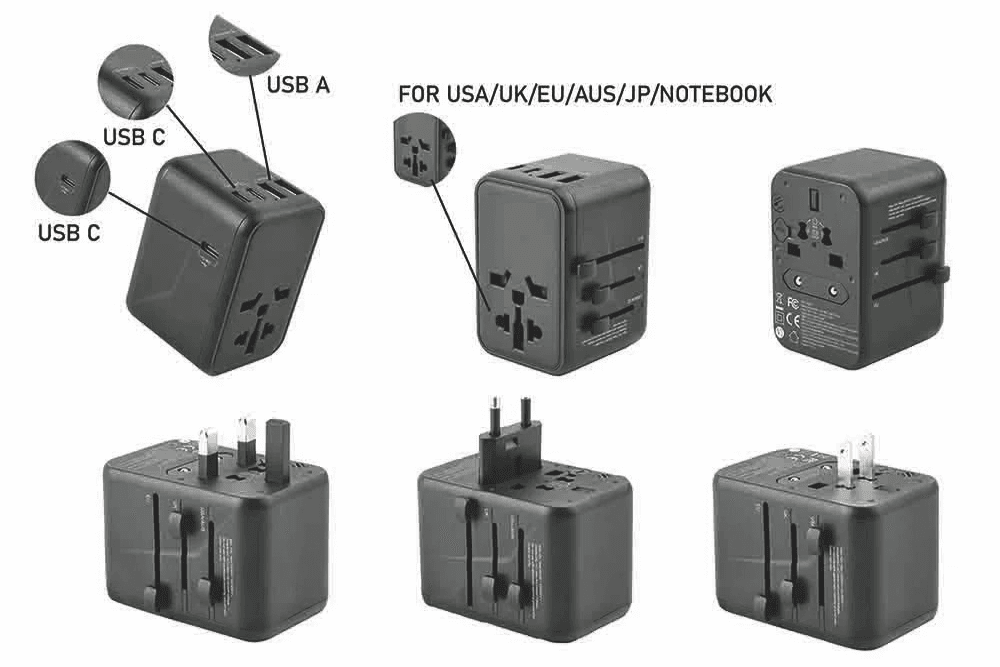
Tips for Buying Adapters/Converters
- Buy Before You Go: While you might find them in China, especially in tourist areas or electronics markets, it’s easier and often cheaper to buy them in your home country. This also allows you to test them with your devices.
- Check for Safety Standards: Look for markings like CE, UL, or other safety certifications. Avoid very cheap, unbranded adapters/converters as they can be a fire hazard.
- Consider USB Ports: As mentioned, many modern universal adapters come with built-in USB-A and even USB-C ports. This can reduce the number of individual chargers you need to pack.
- Grounding: If your device has a three-pin grounded plug (e.g., a UK Type G or a North American Type B), it’s best to use an adapter that also supports grounding (like one that converts to a Type I plug). While many devices work without grounding, it’s an added safety feature, especially for higher-powered appliances. Universal sockets in China often provide a path for grounding if your plug and adapter support it.
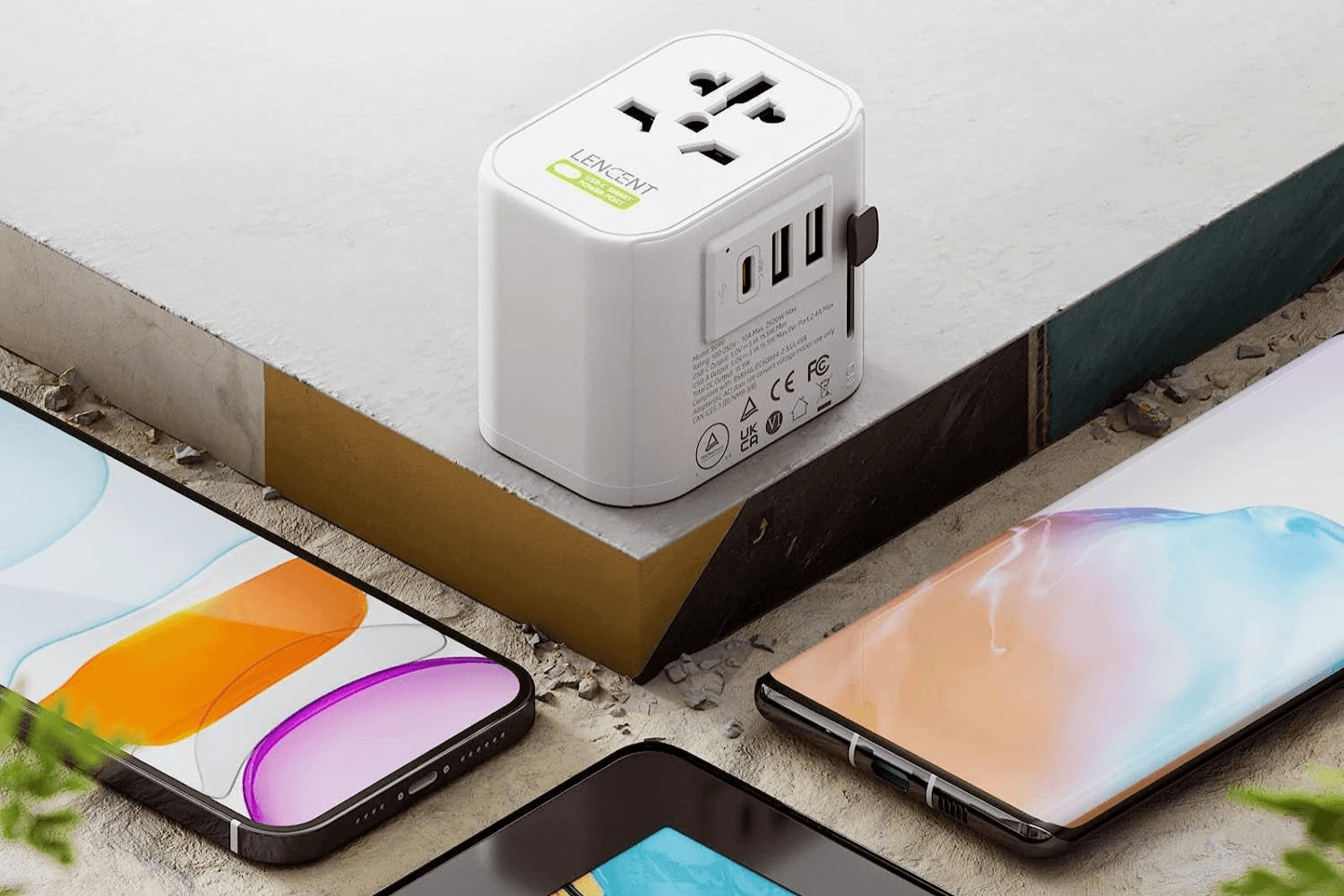
Check Hotel Amenities
Most hotels, especially those catering to international travelers, provide hair dryers. Many newer hotels also have USB charging ports built into wall sockets or bedside tables.
Power Strips/Multi-Outlet Adapters
If you have multiple devices that need charging (laptop, phone, camera, etc.) and they are all multi-voltage (100-240V), you can bring a power strip from your home country. You would then only need ONE plug adapter to connect your power strip to the Chinese wall socket.
CRUCIAL CAVEAT: Ensure your power strip itself is rated for 220-240V. Most basic power strips are simply pass-through devices and don’t alter voltage, so they should be fine. However, some power strips have surge protectors or circuit breakers designed for 110V systems; these might not function correctly or could even be damaged by 220V. Check the label on your power strip.
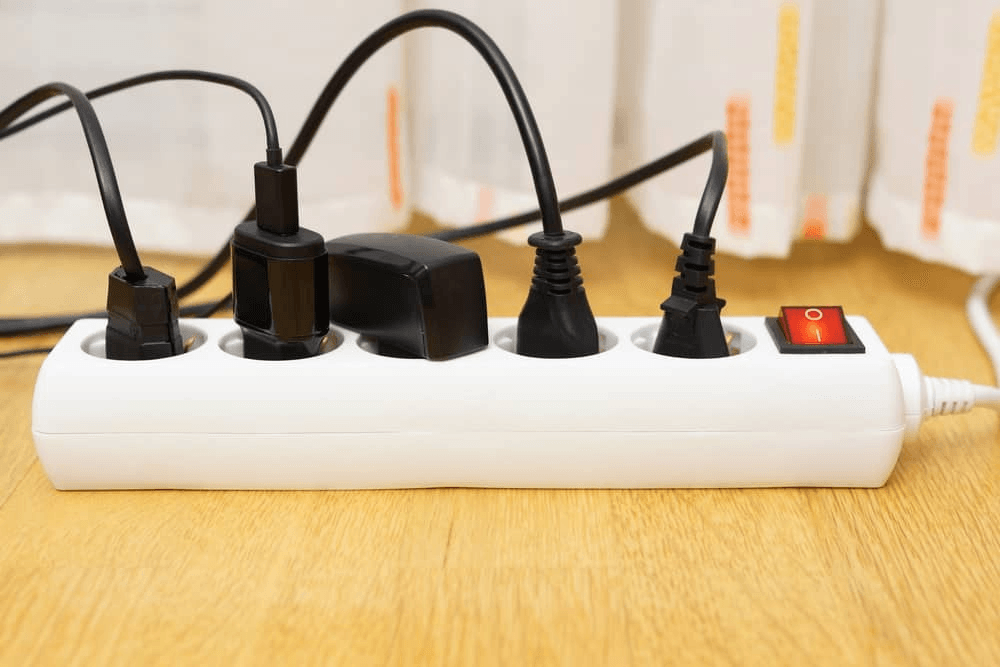
Charging on the Go
- Power Banks (Portable Chargers): Essential for keeping your phone and other USB-powered devices charged while out and about. Remember there are restrictions on carrying power banks on flights (usually must be in carry-on, and there are limits on Watt-hour (Wh) capacity – typically under 100Wh is fine, 100-160Wh may require airline approval).
- Trains: Many modern Chinese high-speed trains have power outlets (often universal or Type I) at seats.
Voltage Fluctuations
While generally stable in major cities, power fluctuations or brief outages can occasionally occur, especially in more rural areas. For sensitive electronics, a surge protector compatible with 220V might be considered, though for most tourists, this is not a major concern.
Don’t Leave Devices Charging Unattended for Extended Periods
This is good practice anywhere, but especially when using adapters in an unfamiliar electrical environment.
What if I Forget?
- Hotels can often lend out adapters.
- You can buy adapters and sometimes converters in electronics stores (e.g., in shopping malls) or even some convenience stores in tourist areas. Xiaomi stores, for example, often sell good quality travel adapters.

With the right preparation, you can keep all your devices powered throughout your trip
- China Voltage: 220V / 50Hz.
- Common Sockets: Type I (3-pin angled) and Type A (2-pin flat). Universal sockets accepting multiple types are widespread in hotels.
- Check Your Devices:
- “INPUT: 100-240V” -> Needs plug adapter only (if plug doesn’t fit).
- “INPUT: 110V” (or similar low voltage) -> Needs step-down voltage converter AND possibly a plug adapter.
- High-Wattage Appliances (Hair Dryers, etc.): Most problematic. Consider buying a local 220V version, using the hotel’s, or getting a dual-voltage travel model. Using them with a converter is possible but requires a powerful, bulky converter.
- Adapters vs. Converters: Adapters change plug shape; Converters change voltage. Do not confuse them.
- Universal Adapters with USB: A very convenient option for most travelers.
By understanding these electrical basics and checking your devices before you travel, you can ensure all your essential gadgets stay powered up safely and efficiently throughout your China adventure, allowing you to focus on exploring and enjoying your trip.
Final Checklist Before Your Trip
- Check all device voltage ratings
- Purchase necessary adapters and/or converters
- Test your adapters with your devices at home
- Consider buying dual-voltage alternatives for high-wattage appliances
- Pack a power bank for charging on the go
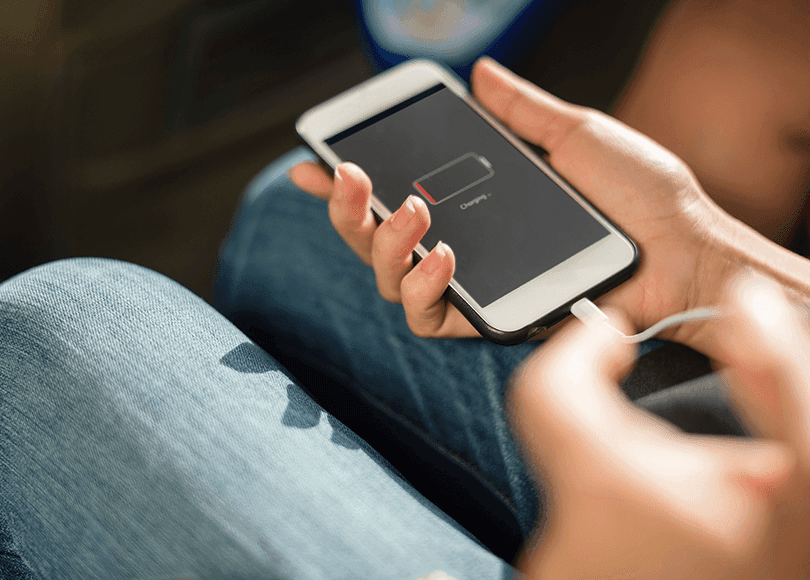
Proper preparation ensures your electronics won’t hold you back from enjoying China’s wonders
Enjoyed this article? Consider buying me a coffee to support more content like this!
💖 0 people have clicked to support this article.


